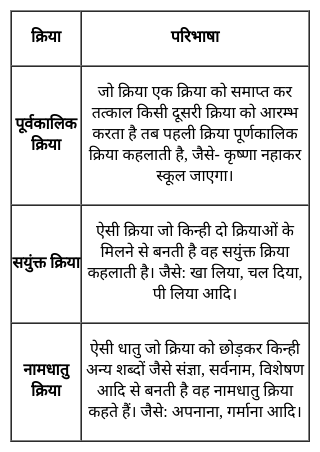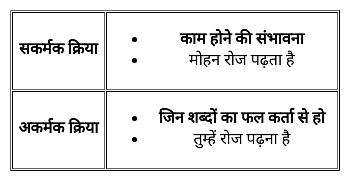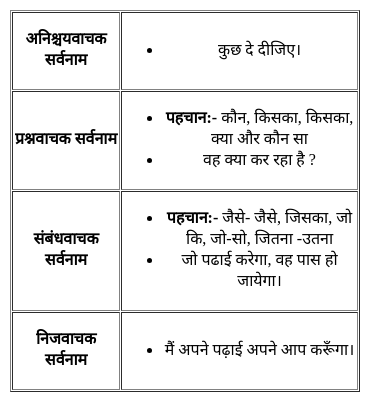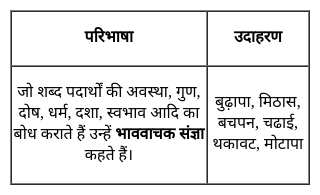EMRS PGT Mathematics Mock Test - 7 - EMRS MCQ
30 Questions MCQ Test EMRS PGT Mock Test Series 2024 - EMRS PGT Mathematics Mock Test - 7
The Right to Education (RTE) Act was enacted by the Parliament of India in the year _____.
When is National Girl Child Day celebrated every year in India?
| 1 Crore+ students have signed up on EduRev. Have you? Download the App |
From the given alternatives, select the word which CANNOT be formed using the letters of the given word.
SKATEBOARD
P is father of S. Q is mother of R. R is the mother of S. How is Q is related to S?
Manav born on 03 December 1999, is in final year of Engineering of a Regular Course, with an aggregate of 75% till his 5th semester, he has permanent body tattoo on his inner face of forearm.
Which answer figure will complete the pattern in the question figure?

_________ is a simulation of movement created by displaying a series of pictures.
______________ protocol defines how messages are formatted and transmitted, and what actions Web servers and browsers should take in response to various commands.
Shalini investigates a topic thoroughly and does not need to be over-directed. In which learning phase is she?
Which of the following is not a method used for exposition?
Roots of quadratic equation x2 – 3x = 0 , will be
An object is moving on the circle of radius 7 cm in clockwise direction with a speed of 10 cm/s. find the angle in radians covered by it in 10 sec when it starts at 0 degree.
Find the values of p so that the lines are at right angles.
Given the sets A = {1, 2, 3}, B = {3, 4}, C = {4, 5, 6}, then A ∪ (B ∩ C) is
The direction cosines of two lines are such that l + m + n = 0, l2 + m2 – n2 = 0, then angle between them is
If a and b are the roots of x2 – 2x + 4 = 0 then the value of α6 + β6 is
The number of all possible positive integral solutions of the equation xyz = 30 is
If tn denotes nth term of the series 2 + 3 + 6 + 11 + 18 + ..... then t50
If <= 4, then least and the highest values of 4x2 are
Choose the pedagogical approach proposed in experimental learning under NEP-2020?
The following sentence has been broken into four parts with an error in one part. Identify that part and mark it as your answer. If there are no errors in any of the given parts, mark option 4 or ‘No error’ as your answer.
Q. The metro rail management apologized (1)/ for the inconsistency it had caused (2)/ to all the commuters. (3)/ No error (4).
In the following question, an idiomatic expression and its four possible meanings are given. Find out the correct meaning of the idiom.
A drop in the bucket.
|
8 docs|45 tests
|


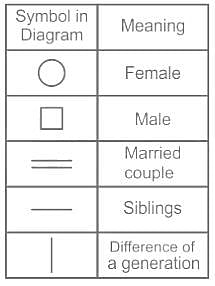
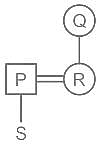
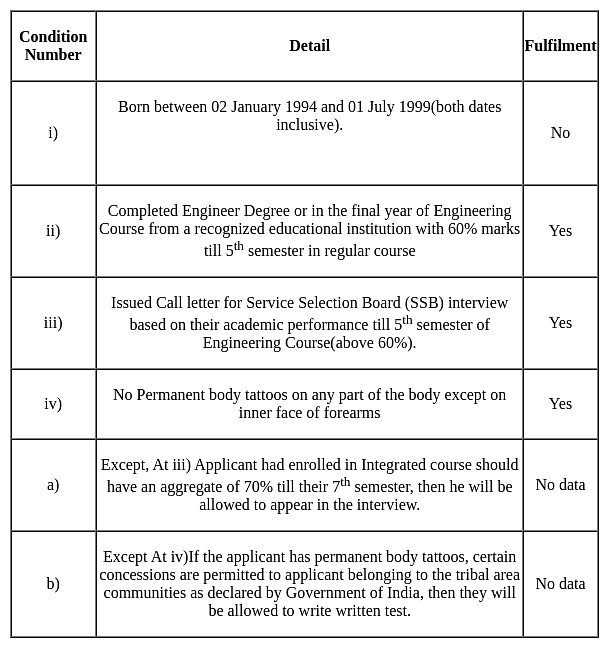

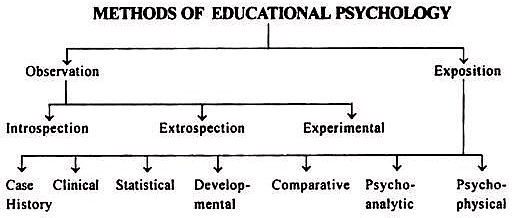


 and
and 





